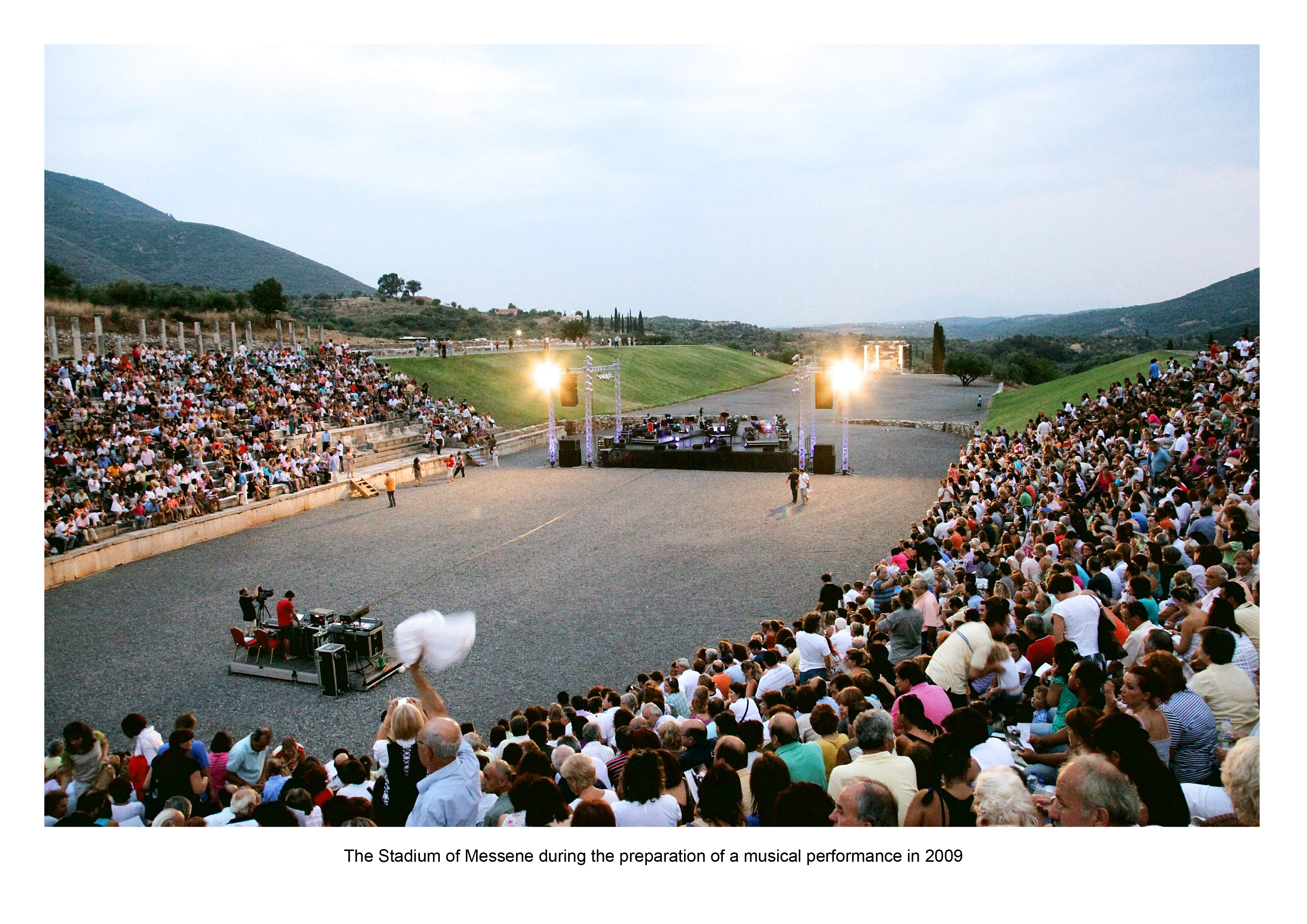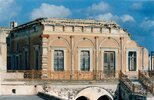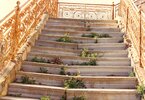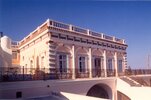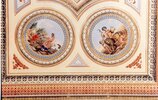Archontiko Mansion at Messaria Village, Santorini
The "Archontiko Argyrou" is situated in Messaria, a village on the Island of Santorini which in the 19th century was an important wine center. In 1888 George Argyros, landowner and prominent wine merchant, decided to build on top of a traditional house a large, richly decorated ...
Read more
Project details
| Title: | Archontiko Mansion at Messaria Village, Santorini |
|---|---|
| Entr. year: | 1997 |
| Result: | Diploma |
| Country: | Greece |
| Town: | Messaria Village, Santorini (Cyclades) |
| Category type: | architectural heritage |
| Building type/ Project type: | residential building |
| Former use: | Mansion |
| Actual use: | Guesthouse, museum |
| Built: | 19th century |
| Architect / Proj.leader: | Flora Nastouli - Andrea Taleporou, Architects (Athens) |
| The Jury's citation: | For saving an important mansion of the 19th century, one of the last of its kind, following severe earthquake damage, and for converting it into a traditional hotel and a private museum with special care to its original appearance, retaining all the old furniture and equipment. |
| GPS: | 36°23'54.7"N 25°26'53.2"E |
| Web, Links: | www.argyrosmansion.com/en |
Description:
The "Archontiko Argyrou" is situated in Messaria, a village on the Island of Santorini which in the 19th century was an important wine center. In 1888 George Argyros, landowner and prominent wine merchant, decided to build on top of a traditional house a large, richly decorated neoclassical mansion. The whole complex was unfortunately partly destroyed by a big earthquake in 1956 and left abandoned for almost 35 years. Restoration works started with the rehabilitation of the traditional house on the ground floor. This traditional part, built around 1860, consisted of five rooms, a kitchen, two courtyards and a garden, a wine cellar, a bakery and stables, all built in local materials such as lava stone and "porcelana", a strong mixture from volcanic earth and lime. It was carefully cleaned and reinforced and converted into a guesthouse with six apartments with updated facilities, whilst respecting the original structure. The neoclassical part on the first floor, which was more heavily damaged, had partly to be reconstructed. Collapsed walls and roofs were rebuilt and with the use of every remaining piece of stone, wood iron or ceramic, the interior, the exterior, the wall paintings, the furniture and other objects were painstakingly restored. This floor was converted to private museum.
Similar projects
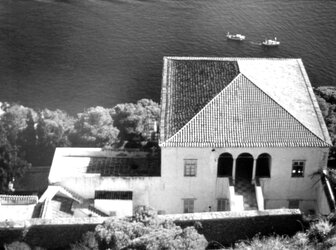
19th century

4th century AD
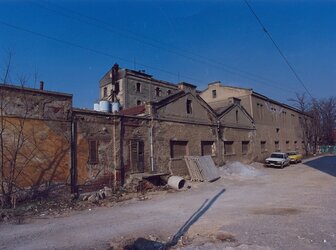
20th century

18th century

8th-9th centuries
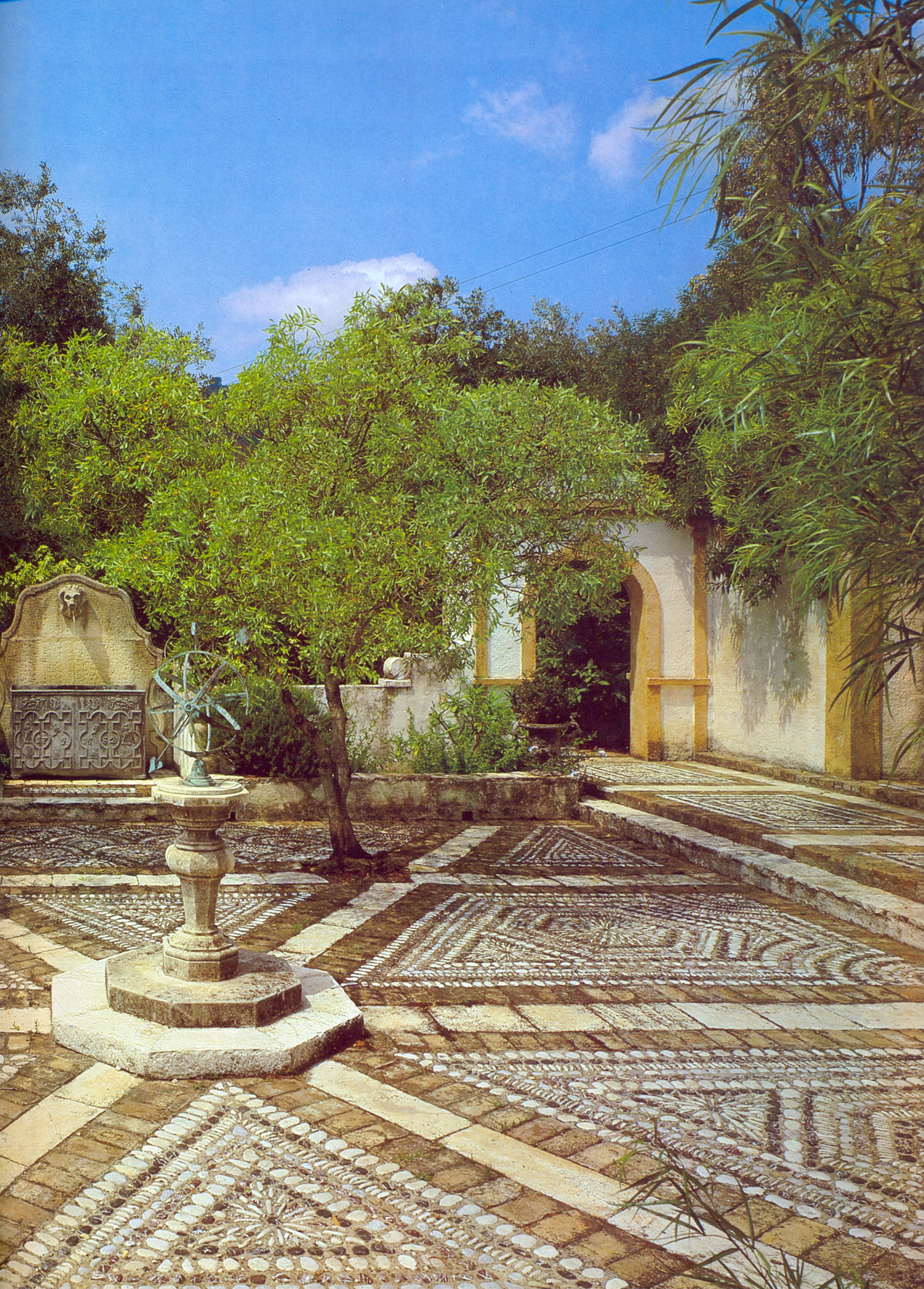
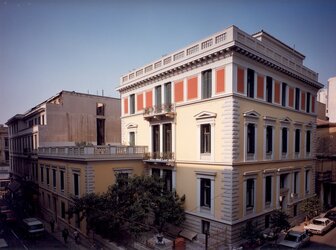
19th century
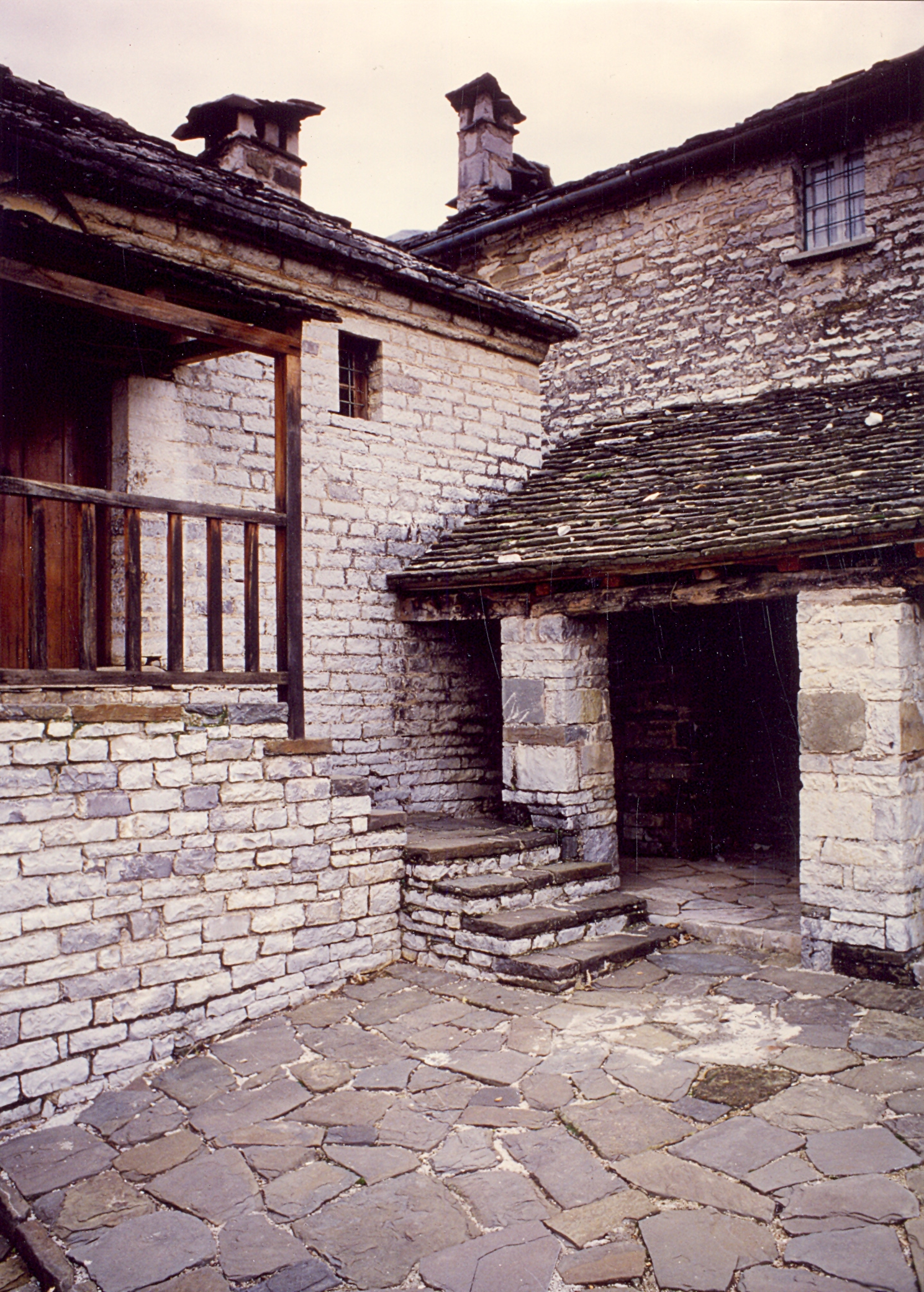
19th century

5th century B.C.
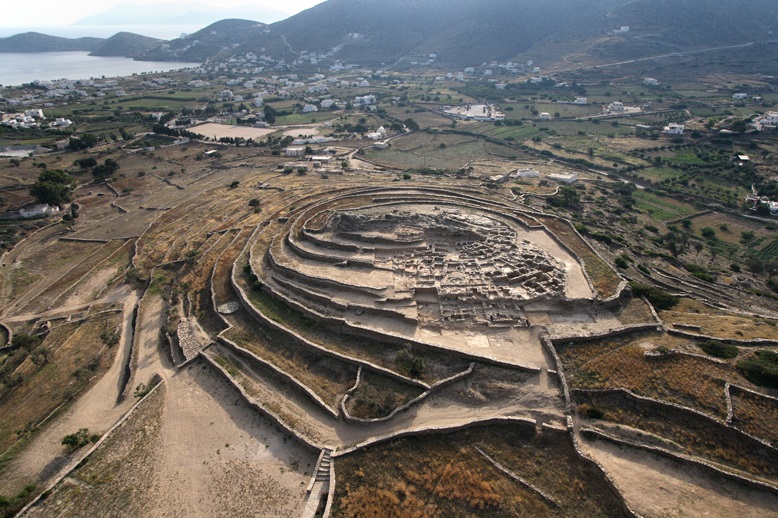
3rd millenium BC
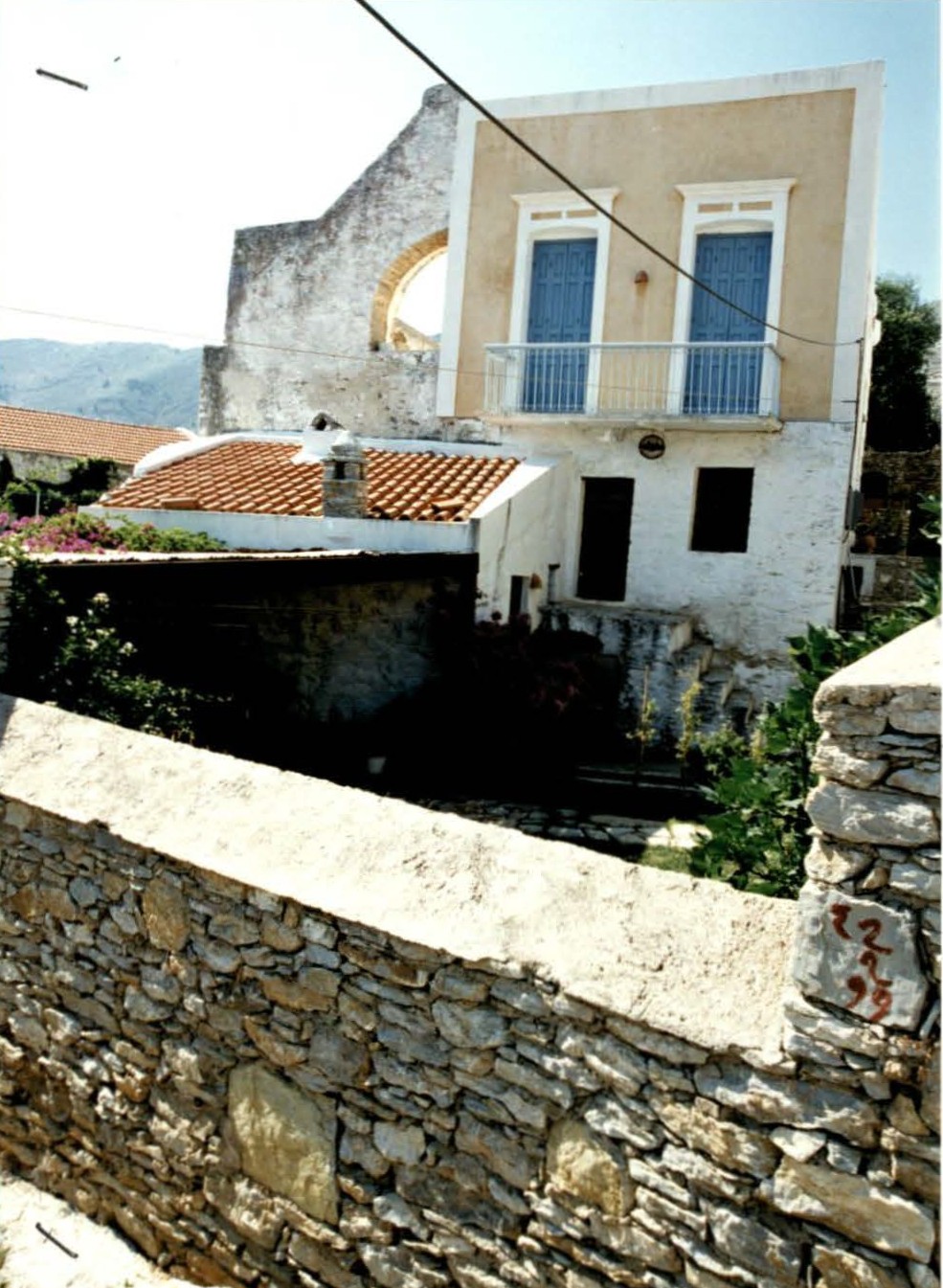
18th century
